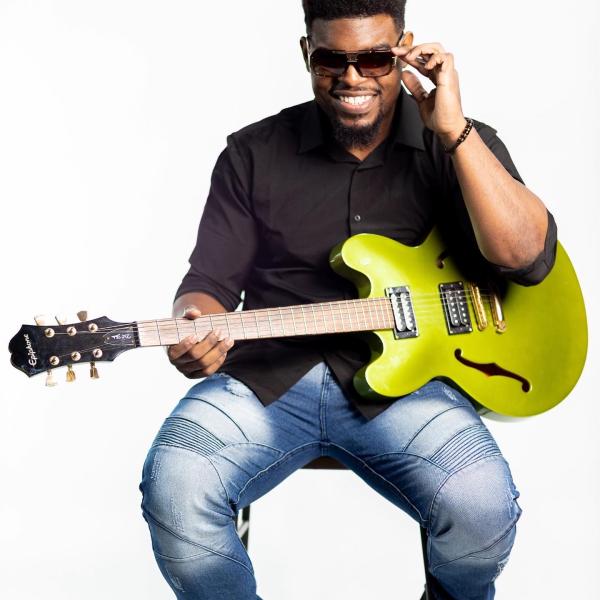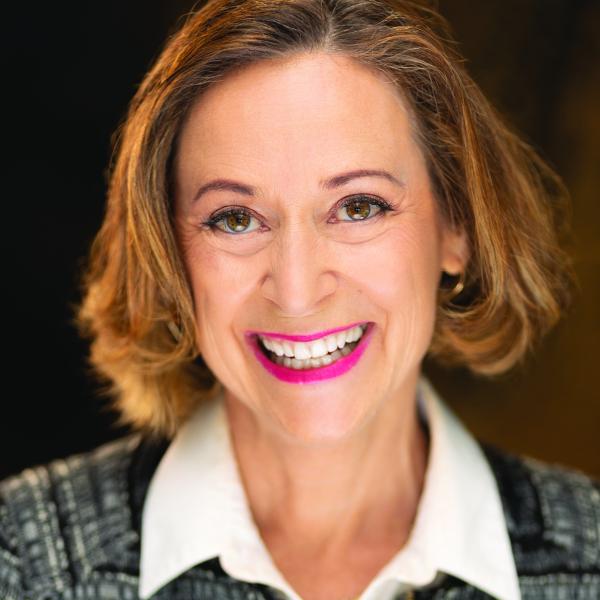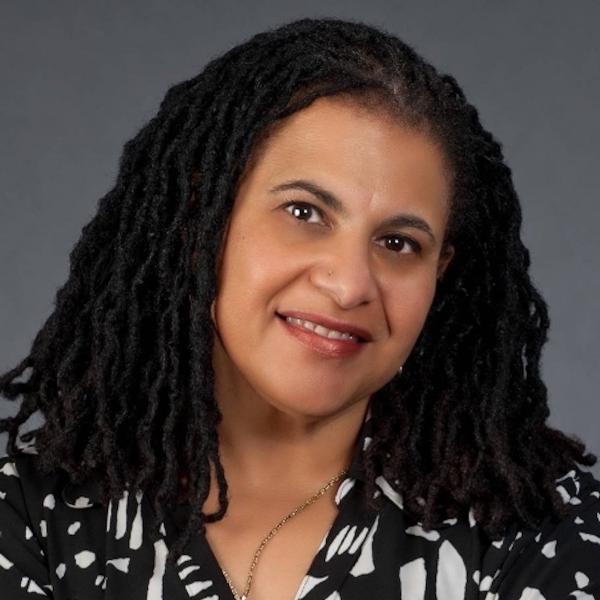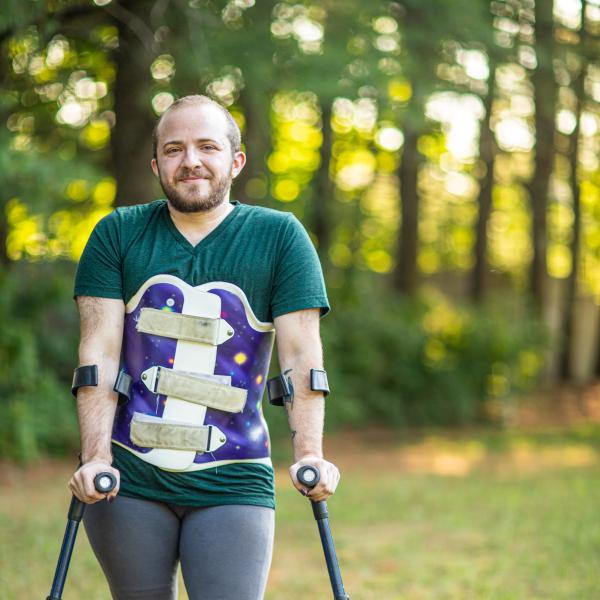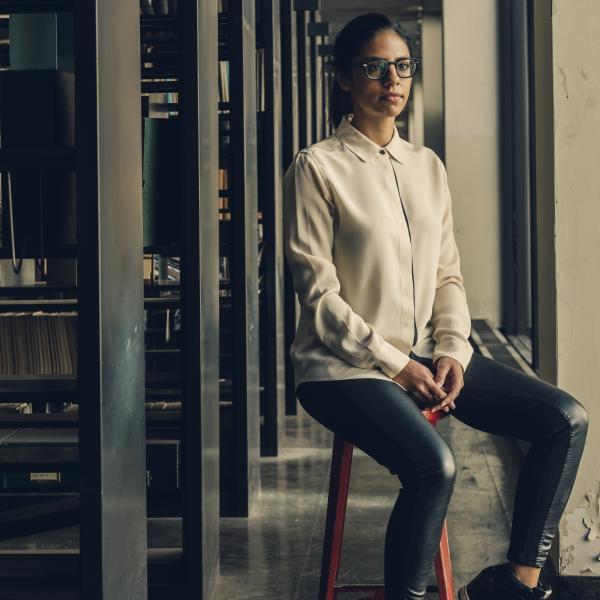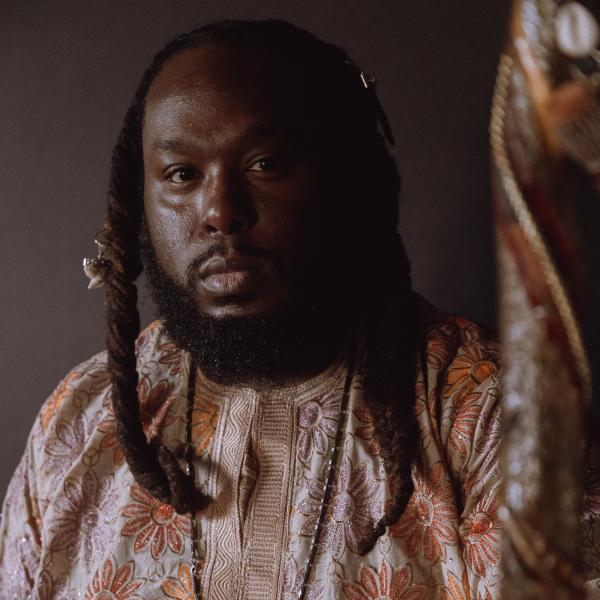Arts Outside the Bubble
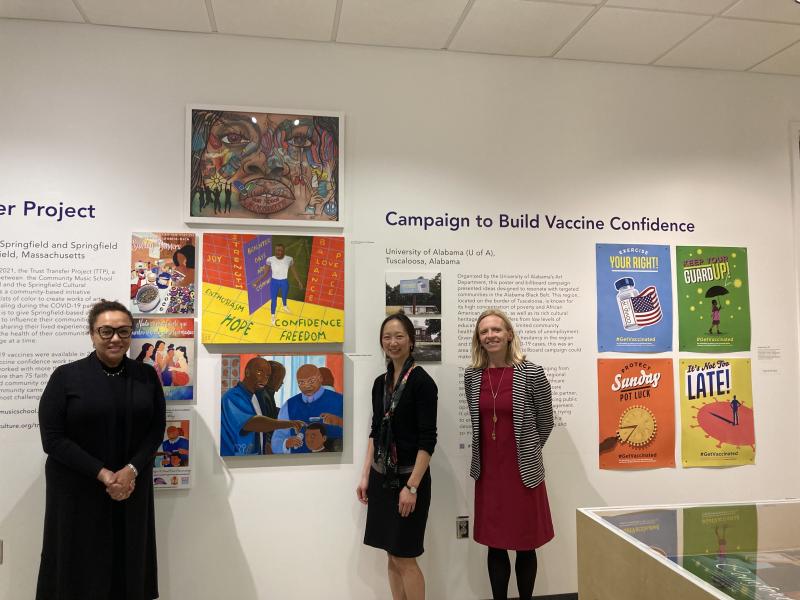
NEA Chair Jackson with White House Liaison and Senior Advisor to the Chair Jenn Chang and Senior Advisor to the Chair on Partnerships, Expansion, & Innovation Jen Hughes at the CDC Museum’s exhibit Trusted Messengers: Building Confidence in COVID-19 Vaccines Through Art. This exhibit highlighted some of the projects that were part of the NEA’s collaboration with the Centers for Disease Control & Prevention (CDC) and the CDC Foundation on an initiative that engages artists and arts organizations to promote COVID vaccine readiness in their communities. NEA File Photo
I have been in my position as chair of the National Endowment for the Arts for more than a year now. During my travels around the nation, I have lifted up the concept of artful lives—an inclusive concept containing a wide range of arts experiences, including the everyday, deeply meaningful practices and expressions within our daily lives as well as the making, presentation, and distribution of professional art from all disciplines and traditions.
Our individual lives have unique and nuanced dimensions and include many different ways to participate in the arts. My fondest memories of arts engagement trace back to childhood and stem from my parents looking to the arts to help my brother and me understand our cultures. My father introduced us to the works of African American writers, musicians, and visual artists to make sure we understood the African American experience, intellectually and emotionally. My mom was adamant that we had exposure to the work of Mexican artists of all kinds—visual artists, writers, performers, artisans, and tradition bearers. There was an artists' collective, known as St. Elmo’s Village, that was near my grandmother's house and we used to go visit her every Sunday. We would stop by the artists’ collective to see what the artists were doing, and they were always working on something different and amazing and we were curious to see it. Those experiences were meaningful for many reasons, one of them being the cultivation of curiosity at an early age. The more I learned about my own cultures, the more curious I became about the cultures of others. I
think I also, through those experiences, learned that people rely on the arts to tell their story fully as humans.
Family traditions intersect with the idea of having aesthetics in your life and taking care to share something in a way that is special. In the summertime, I would visit my mother's family in Mexico and the elders there were very committed to stewarding traditions, whether it was around food or a life event such as a baptism. In my experience in California with my father’s African American family, there was care taken around New Year's and the foods we ate. There's something about those family traditions that I think affirms the idea that having aesthetics in your life and taking care to share something in a way that is special is essential. It’s connected to our human dignity.
I have always loved going to exhibitions, concerts, and festivals, and taking part in all of the ways that we participate as audience members or consumers. When I have time, there is the joy of making things, taking ceramics classes and dabbling in creative endeavors at home. My childhood arts engagement has flowed into my adult life in that, when I have family or friends over, there's a lot of care taken to host, especially when it's something that is a tradition or part of my heritage—there's a stewardship that comes with that, and it makes you pay attention to the aesthetic choices and the roots of the traditions as well as their evolution.
So, when I go to other places or other countries, in addition to experiencing the arts that are presented in cultural venues like museums and concert halls—which can be extraordinary—there’s also something really important about understanding the fashion, how people dress, the choices that they make to express themselves. Or understanding the food of that place, the dishes they make that they are proud of. I think it's very important to pay attention to those things too.
I've been working in the arts for almost 30 years. A lot of my training has been in fields that are about creating equitable places where all people can thrive. And I am convinced that you can't do that well without including arts, culture, and design. I think of those very early experiences where my parents relied on the arts to make sure that my brother and I were proud of where we came from, and had not just an intellectual understanding but a deep, well-rounded understanding of the histories that preceded us, and the tools to help us understand the contemporary. All of that has informed my worldview and cemented my belief that the arts need to be woven throughout various dimensions of our society and our lives.
The idea of the arts just being set aside in a bubble that you touch just once in a while, that's not enough. The experience of art is a precondition for so many other priorities that we say we want to accomplish as a nation of opportunity. In order for us to care about a group of people that we don't have connection to, or don't know well, we have to be curious. If we’re not able to establish that kind of connection, curiosity, empathy, or whatever tethers us to other humans, we will never get to the important priorities we say we want to do or be the society we aspire to be.
In this issue of American Artscape, we explore and celebrate the vital role that the arts and culture have in our everyday lives. These first-person narratives showcase various art disciplines and examples of community engagement, and they illuminate one common theme: that to live an artful life—to connect with the arts and see the intersections with other dimensions of our lives, whether it is health, transportation, or the built environment—is essential to lifting up humankind.



